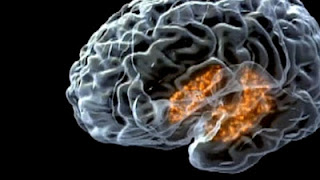Unit 7 Memory
Good overview of basic memory concepts.
Some fun memory games you can do online
NOVA: How Memory Works
This is not specifically about memory, but about implicit associations we make about people.
https://implicit.harvard.edu/implicit/demo/ You can take some of the Implicit Association Tests to see what some of your implicit associations about people and groups are. I’m putting it with this unit as an example of implicit vs. explicit thought processes.
Story from National Public Radio (NPR) about H.M., the man who had the bilateral removal of his hippocampus (What is the plural of hippocampus?) and ended up with the nearly complete inability to form new memories. Find out why he had his hippocampus removed and learn about this amazing case study of anterograde amnesia.
http://www.npr.org/templates/story/story.php?storyId=7584970
And an article from Psychology Today about H.M.
This video clip was made based on 2000 slices that were made of H.M.'s brain after he died in 2008.
And an article from Psychology Today about H.M.
This video clip was made based on 2000 slices that were made of H.M.'s brain after he died in 2008.
The movie Memento was the first feature film by star director Christopher Nolan who went on to direct The Dark Night and Inception. It is a fictional film about a character who, like H.M., loses the ability to create any new memories, but still tries to solve a horrible crime.
It is rated R due to some very violent content and adult language. If that sort of film is acceptable to you and your parents, you can stream it on Netflix or rent it. It's definitely not appropriate for younger siblings.





















